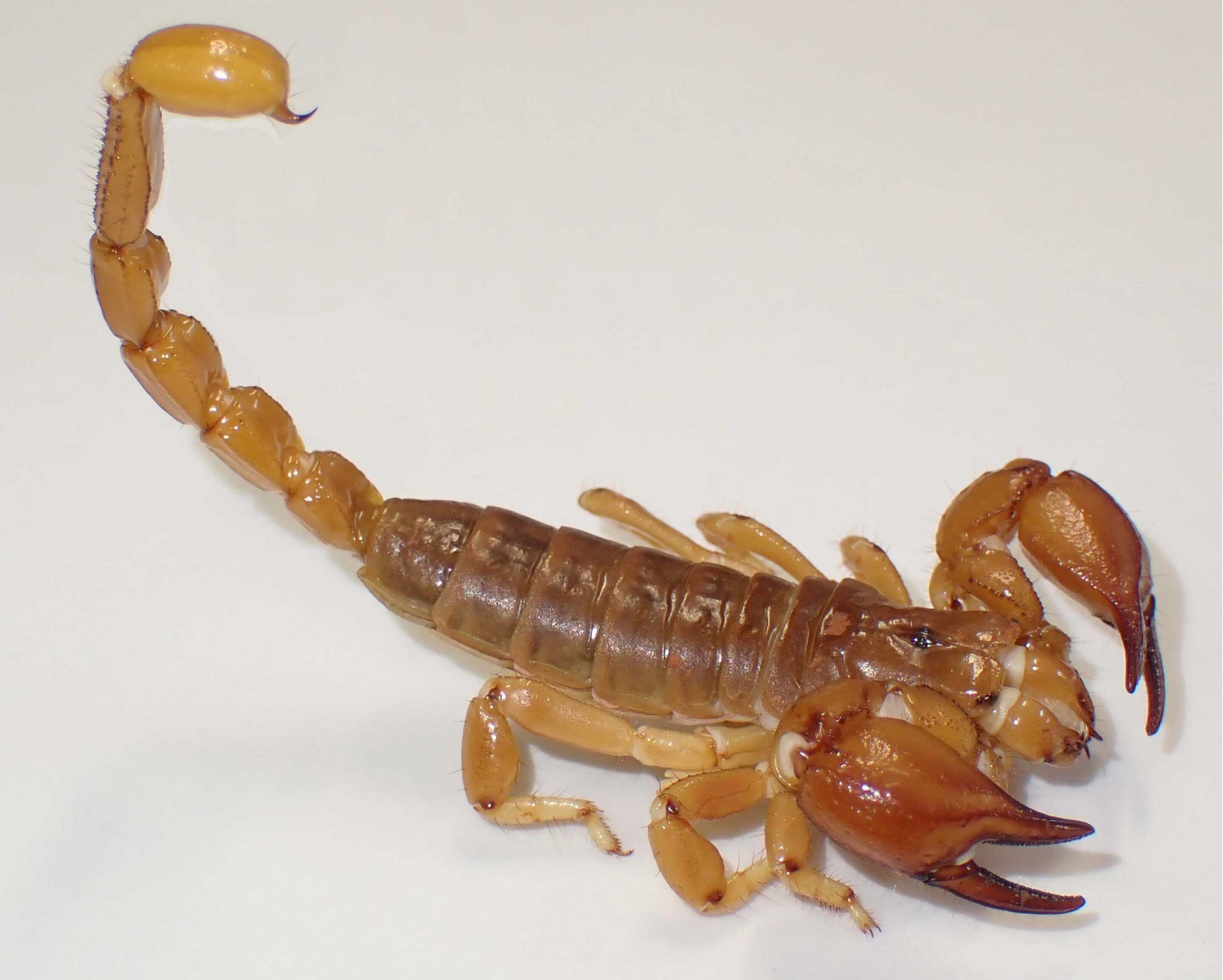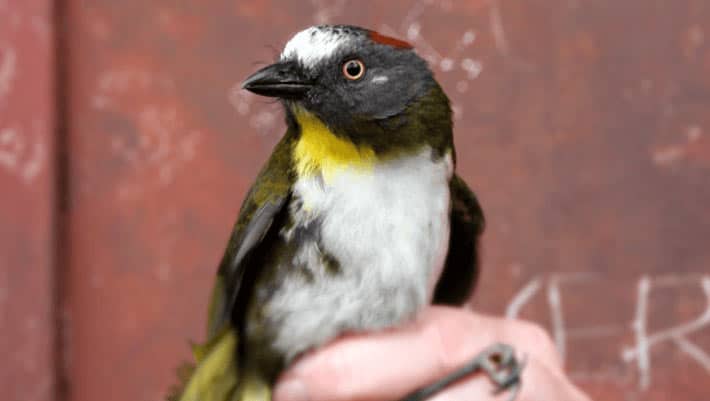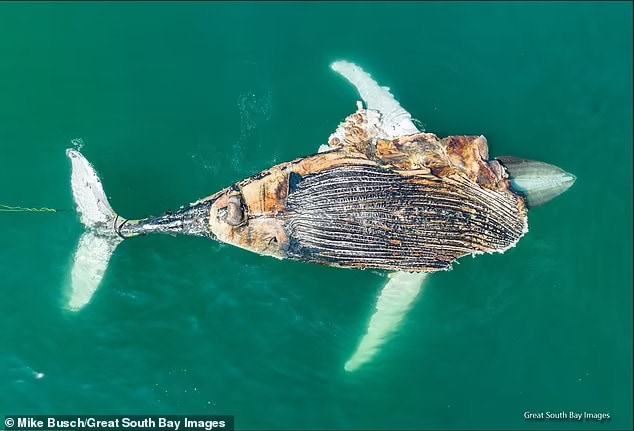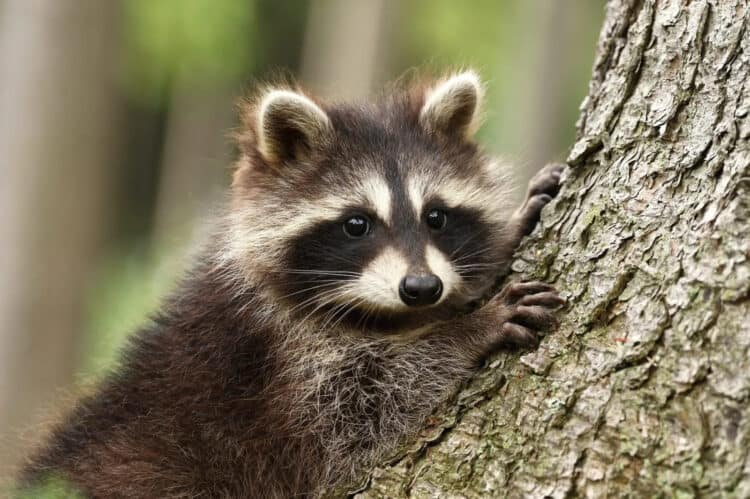An Australian study has found some surprising features in two new species of burrowing scorpions, including a very strangely shaped “tail tip” and some “sexy” anatomy features.
Terrestrial biologists from South Australia’s Flinders University, West Australian universities and the Museum of WA have taken a closer look at two new species of the mysterious Urodacus genus of burrowing scorpions endemic to Australia—only to find a big difference in their tails compared to other species.
“By also looking at their internal genitalia, rather than only the external morphology, we discovered what we initially thought was one strange species—quite distinctive from other known Urodacus species—was actually two new unusual species,” says Flinders University evolutionary biologist Dr. Bruno Buzatto, lead author of a new article in the Australian Journal of Zoology.
“One novel feature of these two new species, Urodacus uncinus and Urodacus lunatus, is that the males have noticeable enlargement in their sting or telson where the venom glands are located.
“The tip of their ‘tails’ features swollen vesicle and an aculeus that is more strongly curved than other known species of Urodacus.”
The new article adds to existing descriptions of 21 already known species of Urodacus scorpions, with experts suggesting a further 100 could still be discovered and examined in future.
U. uncinus was named after the hooked shape of its sting (aculeus) and U. lunatus for a moon-shaped structure on its hemispermatophore.
“It’s important to study and understand the biodiversity of these burrowing scorpions and list species of conservation significance because a lot haven’t been discovered or properly described yet,” says Dr. Buzatto.
Senior author Dr. Erich Volschenk, who is an Australian scorpion taxonomist, says the two new species are a little bit similar to U. similis and U. yaschenkoi in their external morphology but little is yet known about the new species’ behavior, ecology and physiology and other features such as their venom.
“What we did discover is that these two species are quite distinctive in their hemispermatophores, which are structures that occupy the full length of their abdomen and fuse together to produce the spermatophore.
“This is the first time in Urodacus research that we have used hemispermatophore morphology to diagnose two different species, however, we can still only speculate about how these structures work during mating.
“After mating, the male scorpions will re-grow hemispermatophores and can mate again within two weeks.”
The researchers warn that the pet trade and mining industry could pose threats to burrowing scorpions, which have adapted to live in hot arid ecosystems by burrowing underground.
Three of the known Urodacus species are featured in the top 10 most popular invertebrate species in online pet trade, one recent study shows.
The trade and keeping of exotic pets such as Australian scorpions has serious implications for biodiversity conservation and biosecurity, the researchers say.
“So far, we only know these two new species have a narrow range in the Pilbara, restricted to creeks and drainage lines, so we need to investigate their habitat requirements a bit more in future research,” says Dr. Buzatto.
Some species of Urodacus can live up to 20 years in the wild but deep burrowing species are unlikely to live longer than one year in captivity, adds Dr. Volschenk.
He says the stings of Urodacus burrowing scorpion seem to be more benign to people than the venom of other Australian scorpions classified in the Buthidae family. In general, the venom of Australian scorpions is not considered medically significant and not as dangerous to humans as scorpions on other continents.
Citations:
Bruno A. Buzatto et al, Two new species of burrowing scorpions (Urodacidae: Urodacus) from the Pilbara region of Western Australia with identical external morphology, Australian Journal of Zoology (2023). DOI: 10.1071/ZO23018
Journal information: Australian Journal of Zoology; Provided by Flinders University.
This article was first published by Phys.org on 12 January 2024. Lead Image: A male of one of the new species, recently collected from Toweranna in the Pilbara region of Western Australia, within the known area of occurrence of Urodacus lunatus. Credit: Huon L Clark.
What you can do
Help to save wildlife by donating as little as $1 – It only takes a minute.







Leave a Reply